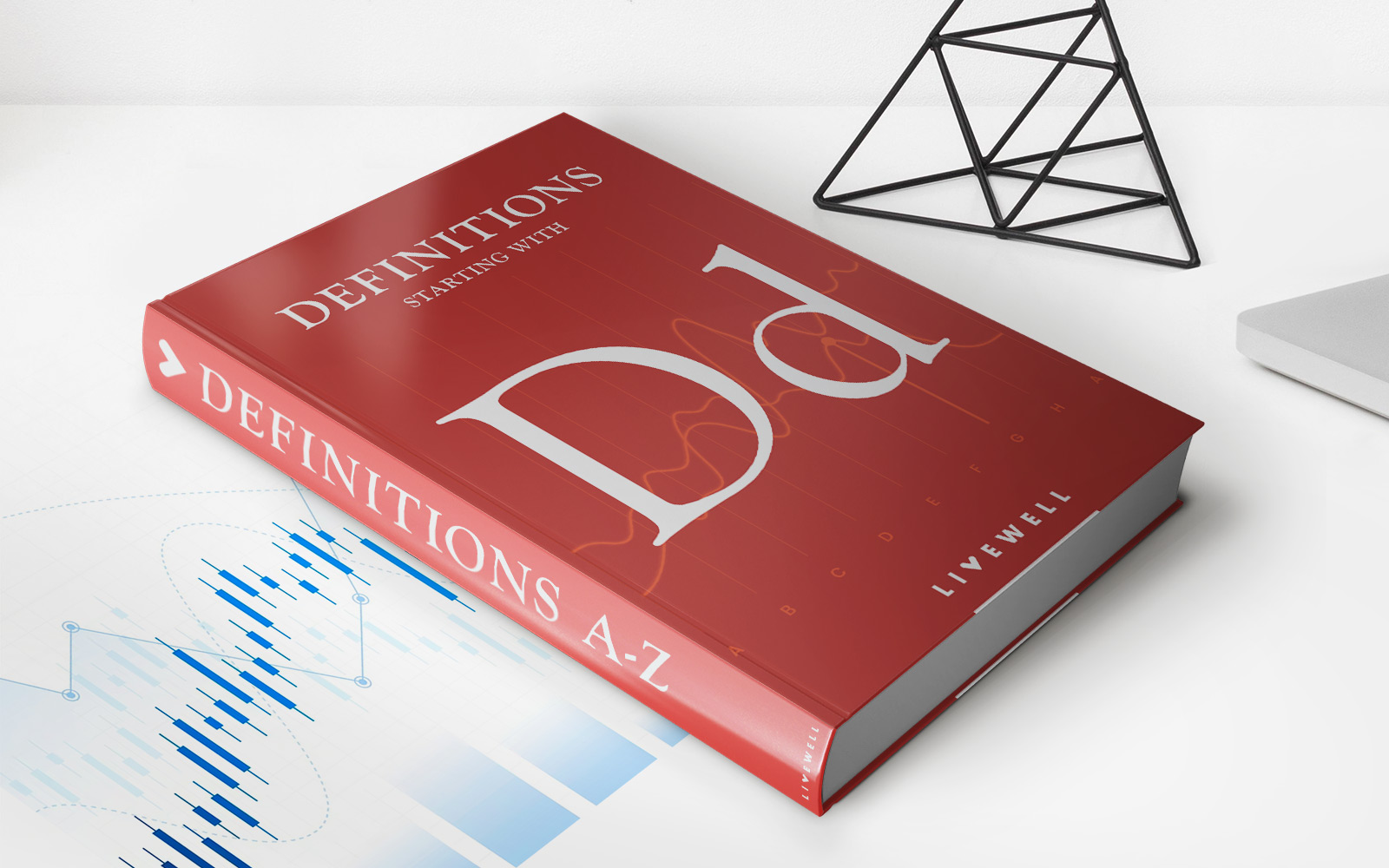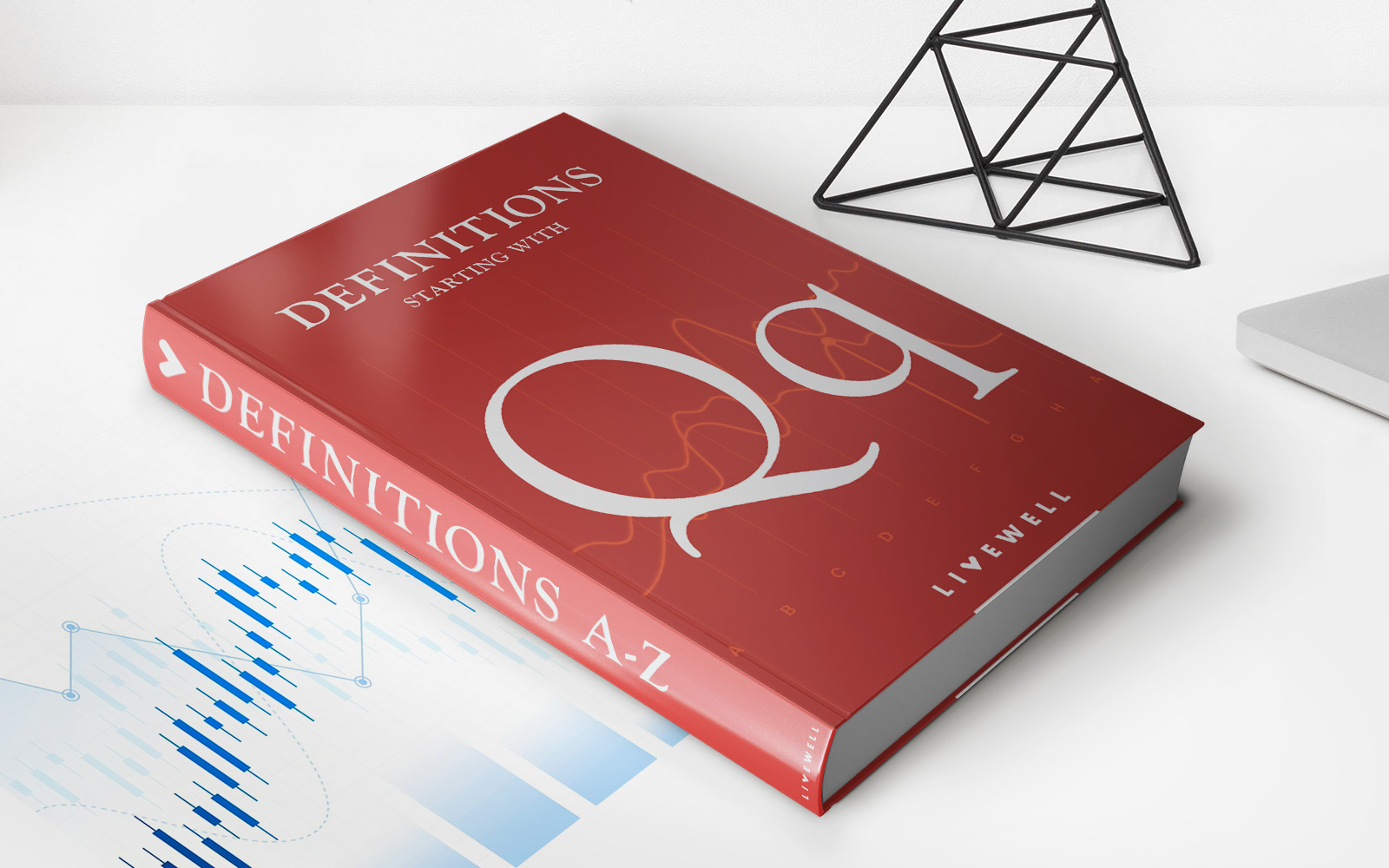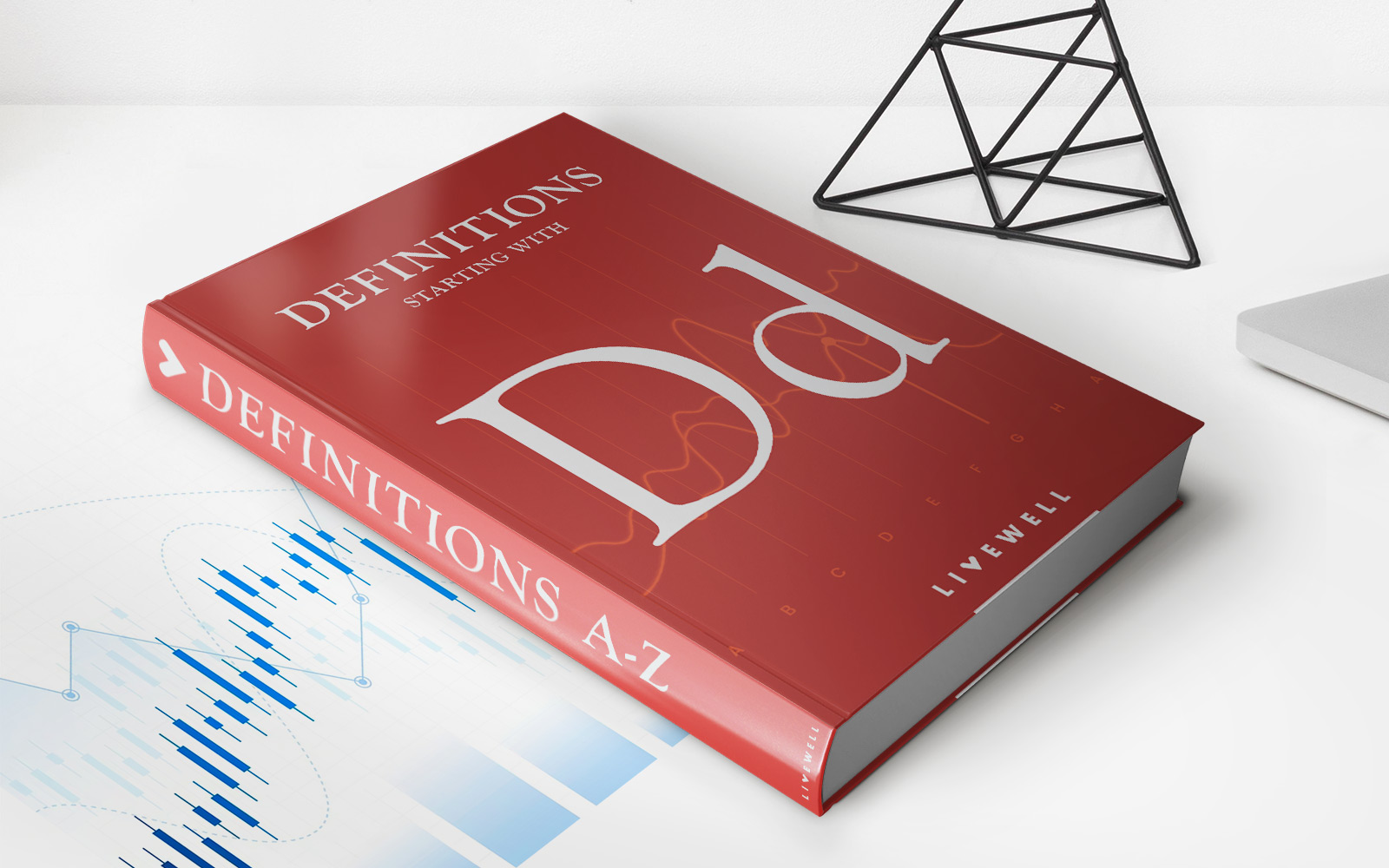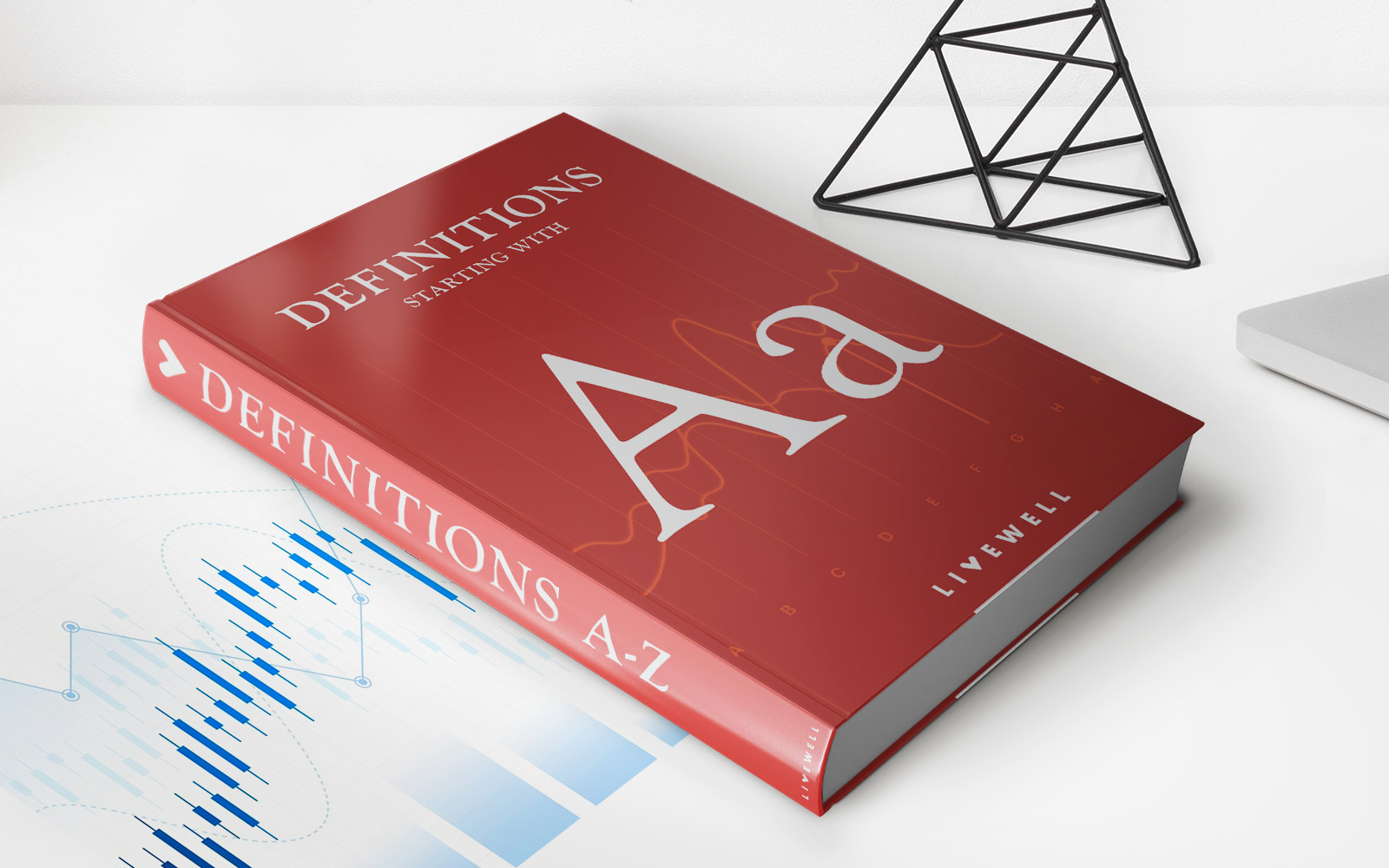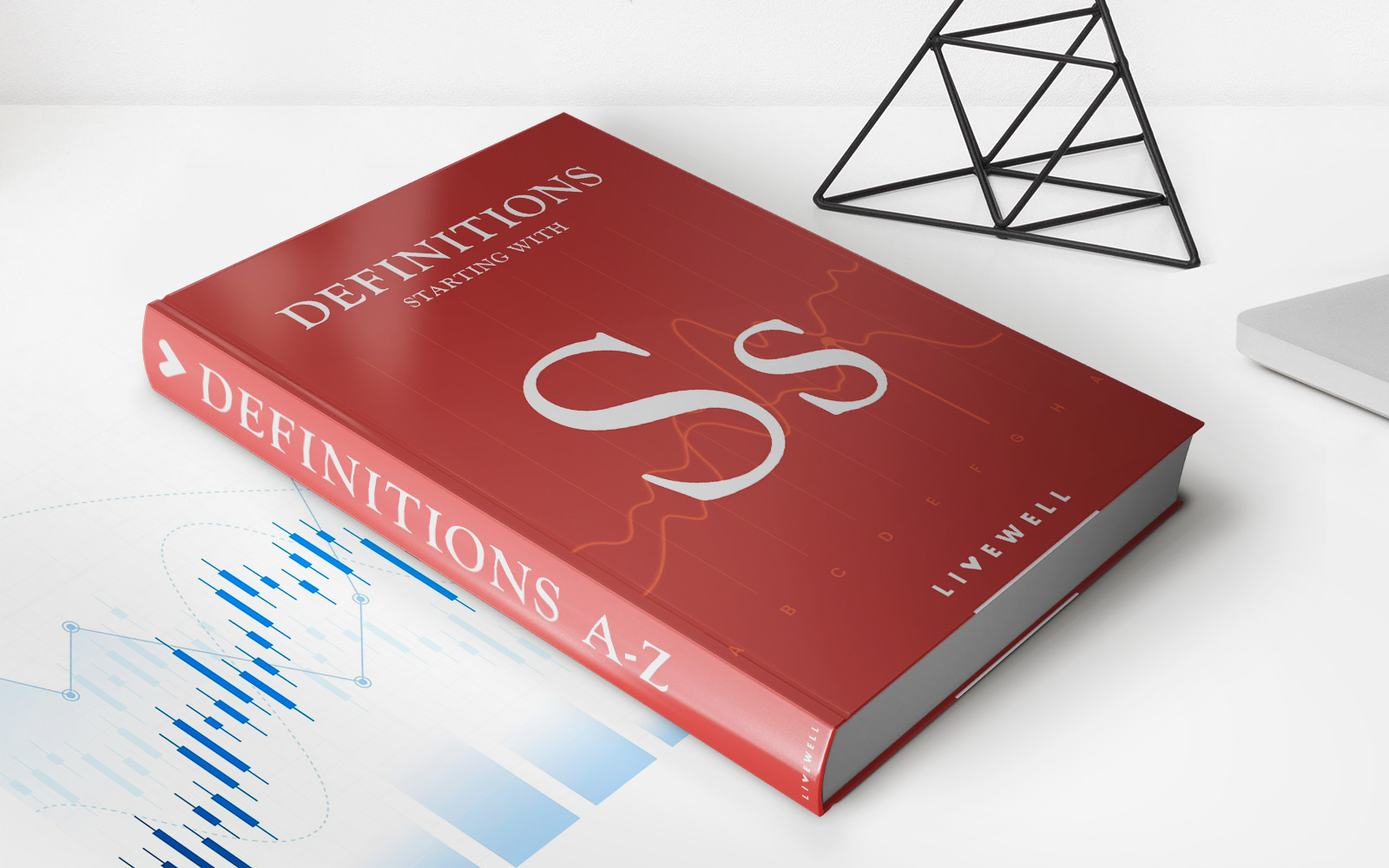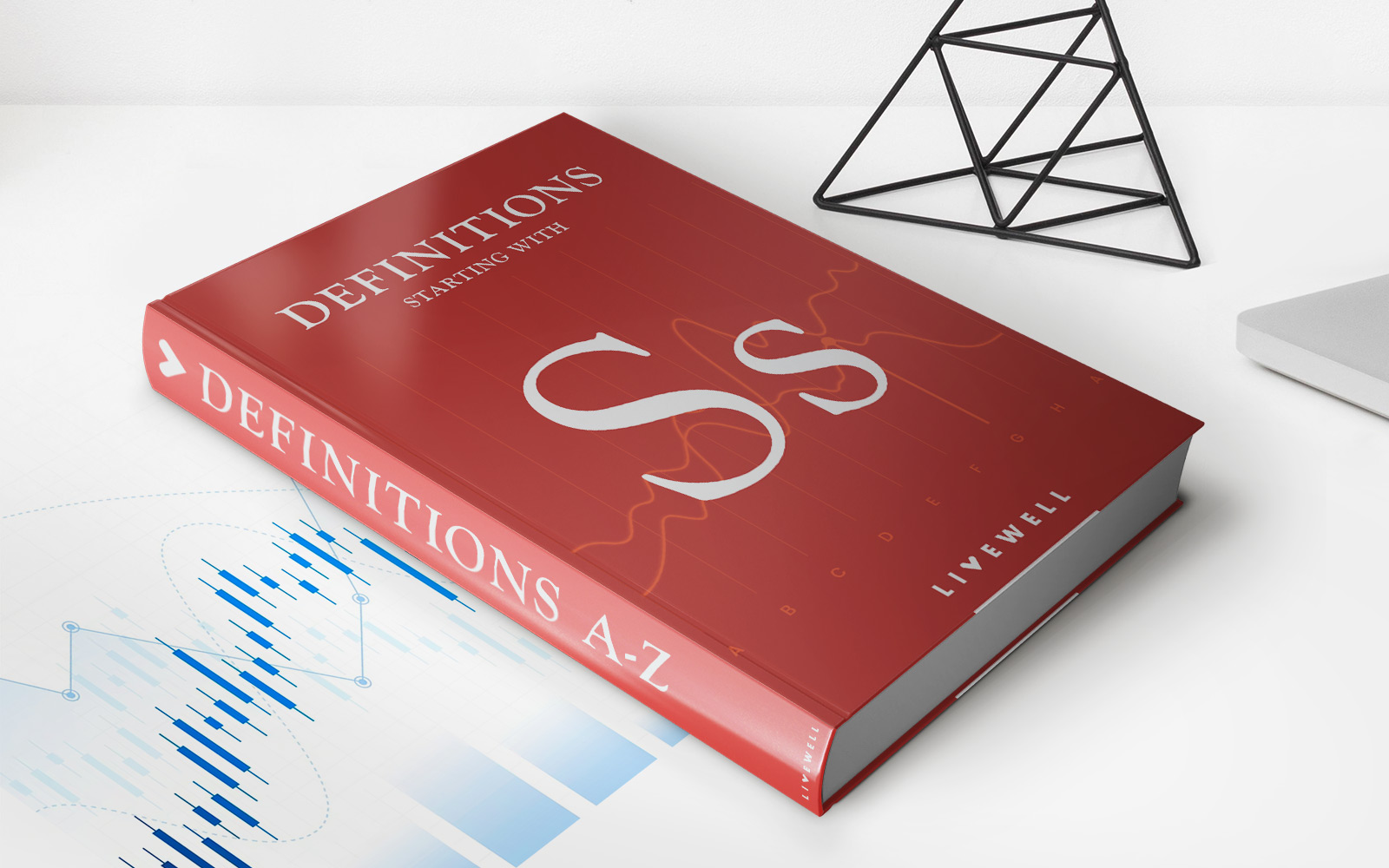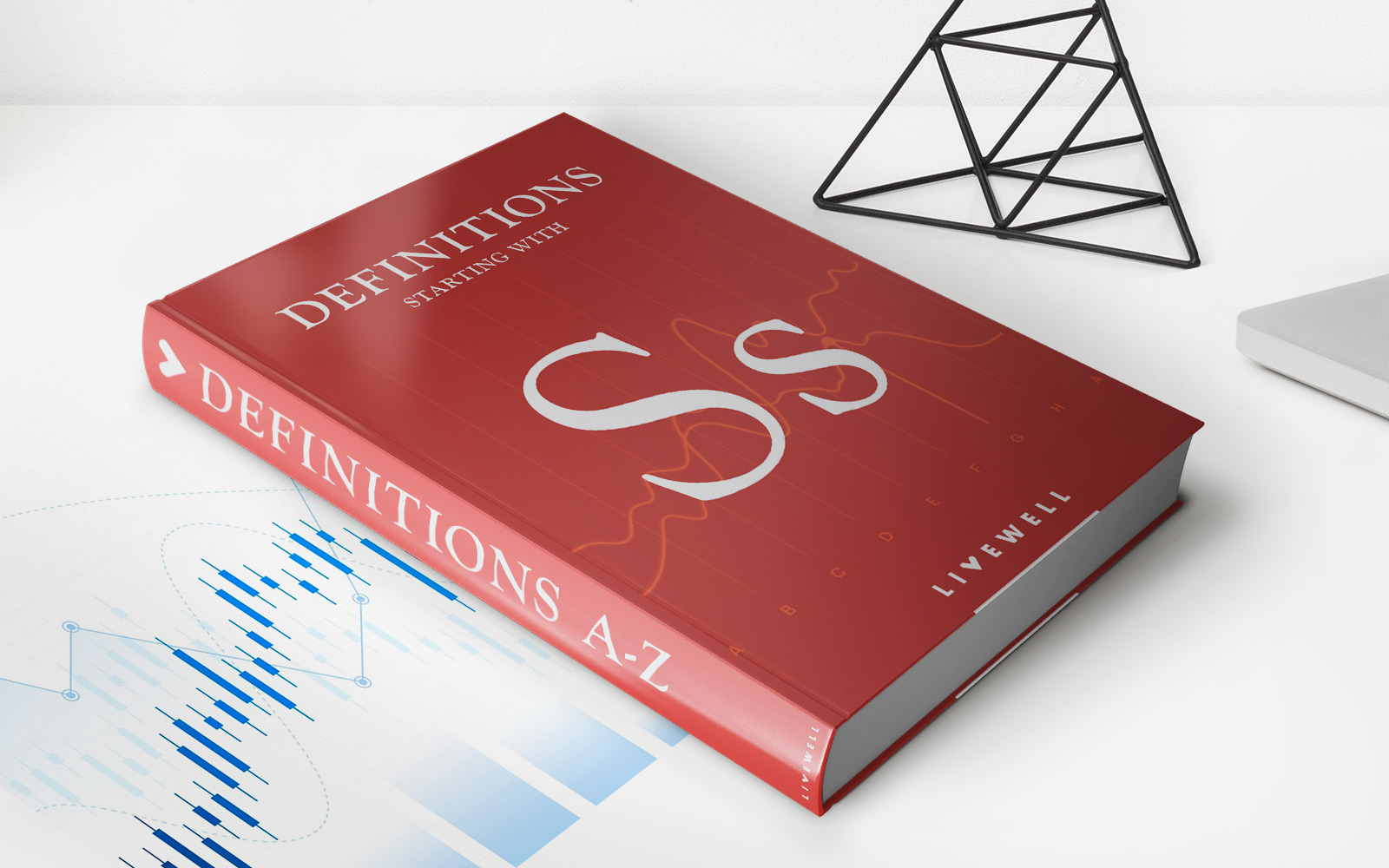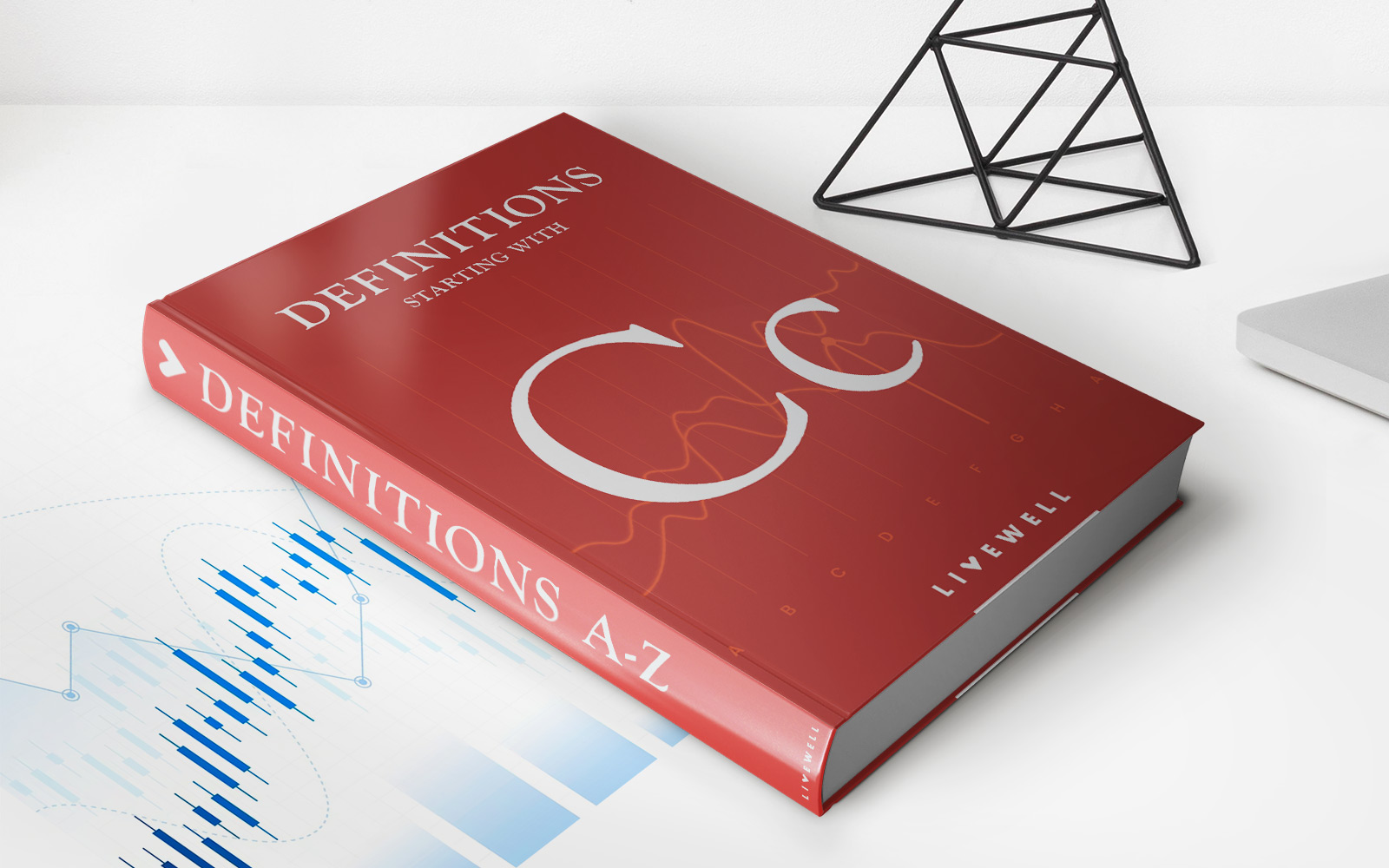Home>Finance>Welfare: Definition, Different Types, Who Qualifies


Finance
Welfare: Definition, Different Types, Who Qualifies
Published: February 18, 2024
Learn about the definition and different types of welfare in finance, and discover who qualifies for this assistance.
(Many of the links in this article redirect to a specific reviewed product. Your purchase of these products through affiliate links helps to generate commission for LiveWell, at no extra cost. Learn more)
Understanding Welfare: Definition, Different Types, and Who Qualifies
Financial stability is a crucial aspect of life that everyone strives to achieve. However, circumstances may arise that make it challenging for individuals and families to meet their basic needs. In such situations, welfare programs play a vital role in providing support and assistance. In this blog post, we will explore the concept of welfare, its various types, and determine who may qualify for these programs.
Key Takeaways:
- Welfare programs aim to provide financial assistance and support to individuals and families facing economic challenges.
- There are different types of welfare programs available, including cash assistance, food stamps, housing assistance, and healthcare coverage.
What is Welfare?
Welfare, in its broadest sense, refers to a range of public assistance programs aimed at alleviating poverty and providing a safety net for vulnerable populations. These programs are designed to help individuals and families meet their basic needs, such as food, shelter, healthcare, and other essential expenses.
Different Types of Welfare Programs
1. Cash Assistance Programs:
- TANF (Temporary Assistance for Needy Families): TANF is a federal assistance program that provides temporary financial aid to low-income families with dependent children. The program aims to help families become self-sufficient through various work-related activities.
- SSI (Supplemental Security Income): SSI is a needs-based program that provides cash assistance to individuals with disabilities, blind individuals, and those over 65 years of age who have limited income and resources.
2. Food Assistance Programs:
- SNAP (Supplemental Nutrition Assistance Program): Formerly known as food stamps, SNAP provides eligible individuals and families with a monthly electronic benefit transfer card to purchase groceries and ensure access to a nutritious diet.
3. Housing Assistance Programs:
- Section 8 Housing Choice Voucher Program: This program assists low-income individuals and families with rental subsidies, allowing them to obtain safe and decent housing in the private market.
4. Healthcare Coverage Programs:
- Medicaid: Medicaid is a joint federal and state program that offers healthcare coverage to low-income individuals, including children, pregnant women, parents, seniors, and individuals with disabilities.
Who Qualifies for Welfare Programs?
Eligibility for welfare programs varies depending on the specific program and the jurisdiction. However, common factors considered during the qualification process may include:
- Income level, which is often determined by the federal poverty guidelines
- Family size and composition
- Age
- Disability status
- Citizenship or legal residency
- Other specific criteria defined by the program
It is important to note that welfare programs have eligibility criteria in place to ensure that resources are allocated to those who truly need assistance. These programs are meant to provide temporary support while individuals work towards self-sufficiency.
In conclusion, welfare programs are essential to provide a safety net for individuals and families facing financial difficulties. By understanding the different types of welfare programs available and the eligibility criteria, those in need can access the support they require to overcome their challenging circumstances and strive for a better future.

